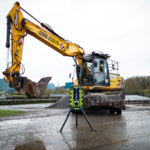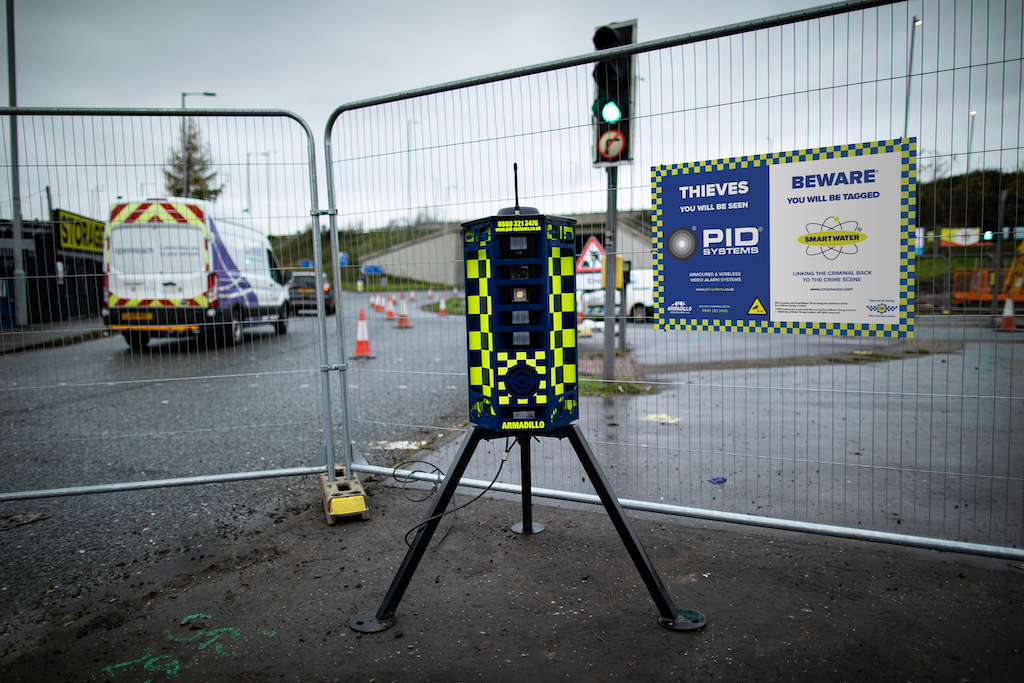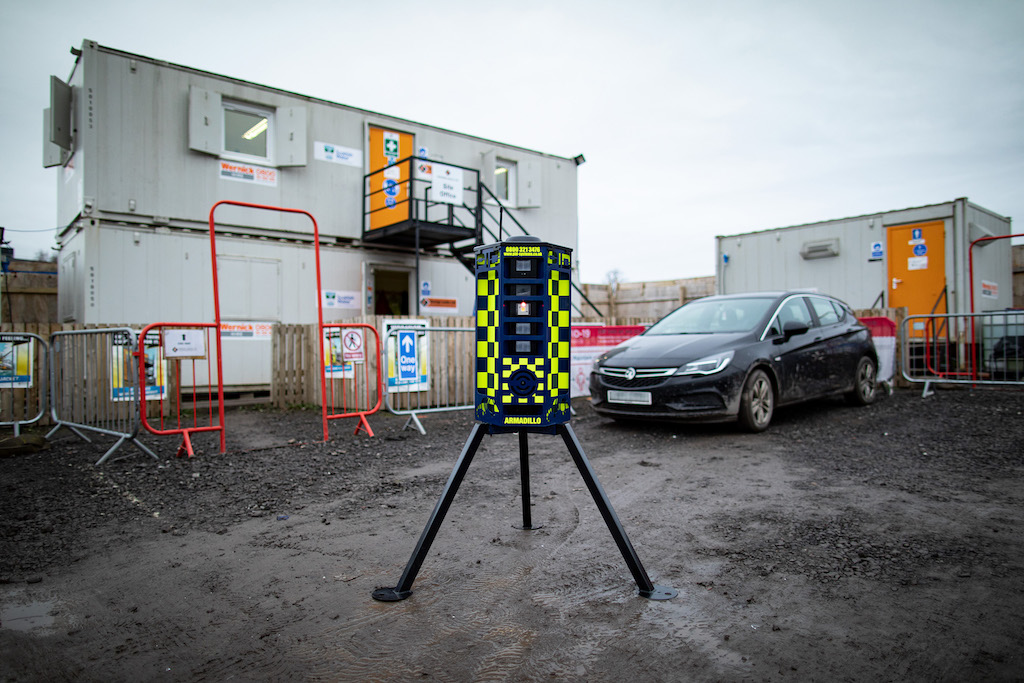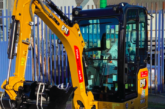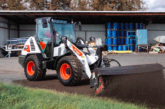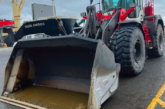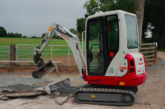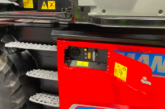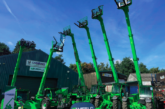Julian Free, National Accounts Manager (Construction) – Site Security at DeterTech discusses how you can reduce the risk of fuel theft
Fuel theft is on the rise. And, whilst it’s forecourts that make the headlines, it’s the construction sector that is being hardest hit. So, why is the construction industry particularly vulnerable and what practical steps can be taken to address it?
Rising prices & new legislation
Earlier this year the cost of white diesel peaked at 199.07, exacerbated by sanctions imposed on Russia following its invasion of Ukraine. That alone pricked up the ears of criminals looking for an in-demand asset.
Yet, in addition to fuel price inflation, it is recent legislation change that has incentivised criminals to make construction sites their top target. Since April the industry has been forbade from using low duty red diesel, meaning vehicles and machinery must switch to the same white diesel dispensed from petrol forecourts.
Beforehand, if somebody was suspected of stealing or knowingly using diesel taken from a construction site, it was relatively easy investigate. Check the fuel tank, discover red diesel and you’ve found the evidence needed to support a conviction.
Now, unless they’re caught red-handed, it’s much more difficult for law enforcement to connect an individual back to the scene of the crime.
Understanding the threat
Your risk level depends on several factors, including your understanding of the threat. By keeping up to date on media and police reports, and promoting transparency and information sharing across the industry, all constructors can better anticipate how and when they may be targeted.
A key determinant in your risk level is the environment your site is in. A small, temporary site in a busy city centre, for instance, will have limitations on type of physical barriers and CCTV cameras that can be erected. Meanwhile a large, long-term project in a more remote area is more at risk of a severe night-time raid, with criminals able to covertly scour for targets during the day, with less chance of arousing suspicion.
For most construction sites, no single security measure can effectively reduce your risk – a layered, bespoke solution that can adapt to your environment will offer the best protection.
Physical deterrents & access control
In the first instance, physical barriers and gates should be installed. They’re an effective deterrent against less sophisticated opportunists and help to limit the severity of more serious attempted thefts from organized criminal gangs. By installing physical barriers as a first line of defence at key entrances and around vehicle stores and fuel bowsers, potential thieves are deterred from pillaging larger quantities of fuel by inhibiting the size of vehicle or container they can get in and out of site.
Access control systems are also crucial in controlling who is permitted to enter the site, as well as specific areas of the premises. Enabling security managers to have greater visibility and control over who has access what time access is granted means security measures don’t impede a project’s progress, by allowing the flow of authorised personnel and restricting access to unwanted individuals.
24/7 monitoring & surveillance
Although they are strong deterrents, determined criminals can still evade physical barriers and access control systems. It is therefore advised to consider deploying self-monitored camera systems and intrusion detection units in strategic site locations to deter potential thieves. Equipped with vocal warning systems and low lighting capabilities, verified visual monitoring and 24/7 surveillance will detect anyone who approaches a unit.
Additionally, linking these units to an in-house Alarm Receiving Centre (ARC) can both bolster onsite fuel security and relieve some of the pressure on already overwhelmed security managers. Supported by a team of SIA licensed operators in the ARC, fuel is better protected with 24/7/365 monitoring that ensures an immediate response to alarm activations.
Forensic marking
Unique forensic marking solutions can also be implemented as a final step in a fuel protection package. Fuel bowsers, stores, vehicles and machinery can all be protected with an invisible forensic liquid providing forensic trace evidence to link a criminal to the scene of the crime. SmartWater scientists only need a sample size of a speck of dust to test, giving police forces powerful trace evidence to detect fuel thieves.
To alert potential thieves to the presence of SmartWater, forensic marking can be paired with visual signs and stickers. SmartWater has a 100% conviction rate in tried court cases and is widely feared amongst the criminal fraternity.
A secure fuel future
Fuel thefts remain an issue for the industry, making a combined, adaptable and bespoke fuel protection solution critical for site security managers. By understanding the threat level and adopting a combination of deterrent technologies it is possible to deter and detect fuel-hungry criminals, preventing future diesel pillaging and managing the risks surrounding construction sites.

